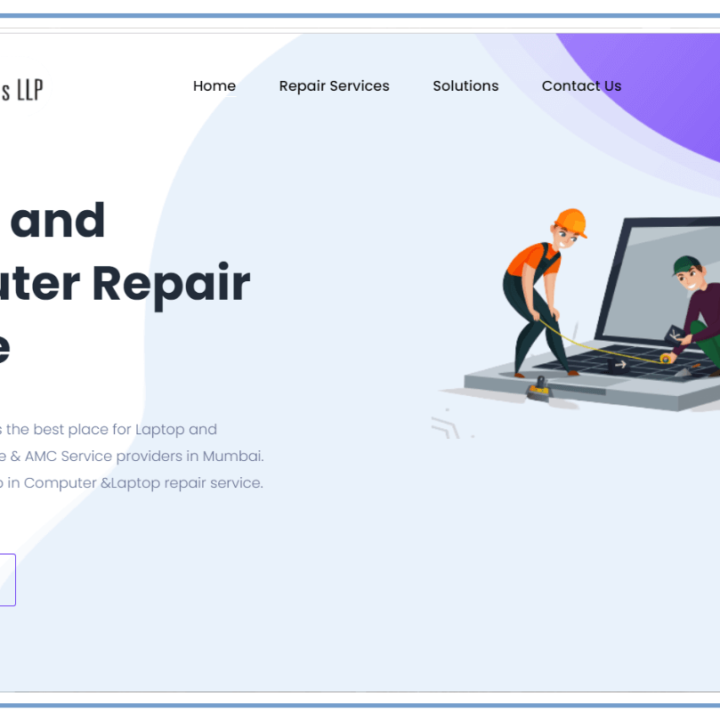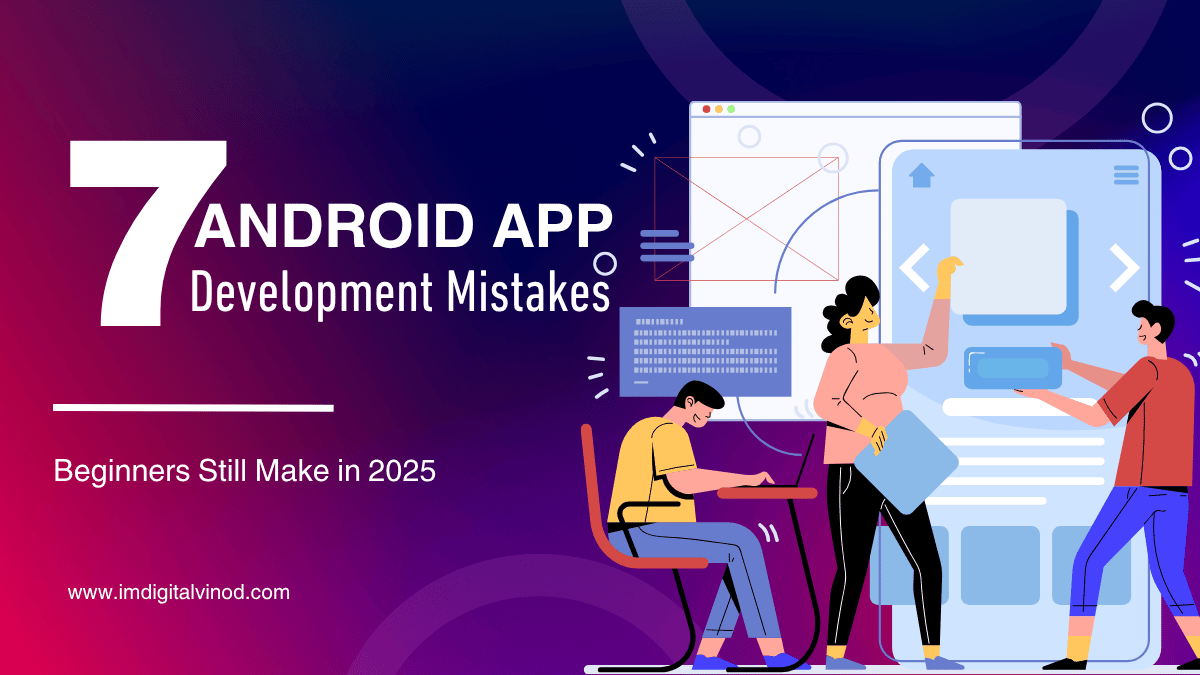7 Android App Development Mistakes Beginners Still Make in 2025 (And How to Avoid Them)
Android App Development Mistakes:
7 Android App Development Mistakes Beginners Still Make in 2025 (And How to Avoid Them)
Even in 2025, many beginner Android developers fall into the same traps that have existed for years. With the rapid evolution of tools, libraries, and user expectations, avoiding these common mistakes is more important than ever.
Here are 7 major app development mistakes beginners still make—and exactly how to fix them.
1. Ignoring App Architecture (No MVVM or Clean Architecture)
Mistake: Many new developers start coding without any clear structure, leading to messy, unmaintainable code.
Why It’s a Problem: It becomes hard to scale, debug, or work in a team.
How to Avoid It:
✅ Follow MVVM (Model-View-ViewModel) architecture.
✅ Use Jetpack libraries likeViewModel,LiveData, andRoom.
✅ Learn about Clean Architecture principles early.
2. Not Handling Permissions Properly
Mistake: Beginners often forget to ask for permissions at runtime or mishandle the permission flow.
Why It’s a Problem: It can cause app crashes or rejections from Google Play.
How to Avoid It:
✅ UseActivityCompat.requestPermissionsand check withContextCompat.checkSelfPermission.
✅ Handle denied permissions gracefully with explanations.
✅ Test on Android 13+ where permission policies are stricter.
3. Using Main Thread for Network or Heavy Tasks
Mistake: Beginners often run network calls or database operations on the main (UI) thread.
Why It’s a Problem: The app becomes laggy or crashes with
NetworkOnMainThreadException.
How to Avoid It:
✅ UseCoroutineswithDispatchers.IOfor background tasks.
✅ Retrofit + Kotlin Coroutines is a beginner-friendly combo.
✅ LearnWorkManagerfor background jobs.
4. Not Optimizing for Different Screen Sizes
Mistake: Apps look great on one screen size but break on tablets or foldable devices.
Why It’s a Problem: Poor UI/UX leads to uninstalls and bad reviews.
How to Avoid It:
✅ UseConstraintLayoutandComposefor responsive design.
✅ Test with multiple screen configurations in the Android Emulator.
✅ Usedpandspunits, notpx.
5. Ignoring Memory Leaks and Performance Monitoring
Mistake: Beginners don’t test for memory leaks, which lead to slow apps and crashes.
Why It’s a Problem: Performance issues drive users away.
How to Avoid It:
✅ Use tools like LeakCanary, Android Profiler, and StrictMode.
✅ Avoid keeping references toContextin static fields.
✅ Release resources properly inonDestroy().
6. Not Following Material Design Guidelines
Mistake: UI design that looks outdated or inconsistent with Android standards.
Why It’s a Problem: Users expect a polished, modern interface.
How to Avoid It:
✅ Follow Google’s Material Design Guidelines.
✅ Use Material Components and themes.
✅ Try Jetpack Compose for modern UI development.
7. Poor Error Handling and Lack of Testing
Mistake: Beginners skip exception handling and don’t test their apps properly.
Why It’s a Problem: Crashes, unhandled bugs, and poor user experience.
How to Avoid It:
✅ Usetry-catchblocks where needed.
✅ Add unit tests and instrumented tests using JUnit and Espresso.
✅ Monitor crashes with Firebase Crashlytics.
✅ Final Thoughts

Android development in 2025 is more beginner-friendly than ever—but only if you avoid these common mistakes.
Mastering the basics like architecture, permission handling, UI responsiveness, and performance monitoring can set you apart from the crowd.
🎯 Want to become a better Android developer in 2025? Start by avoiding these 7 mistakes.
Let me know in the comments—which mistake have you made before? 👇









